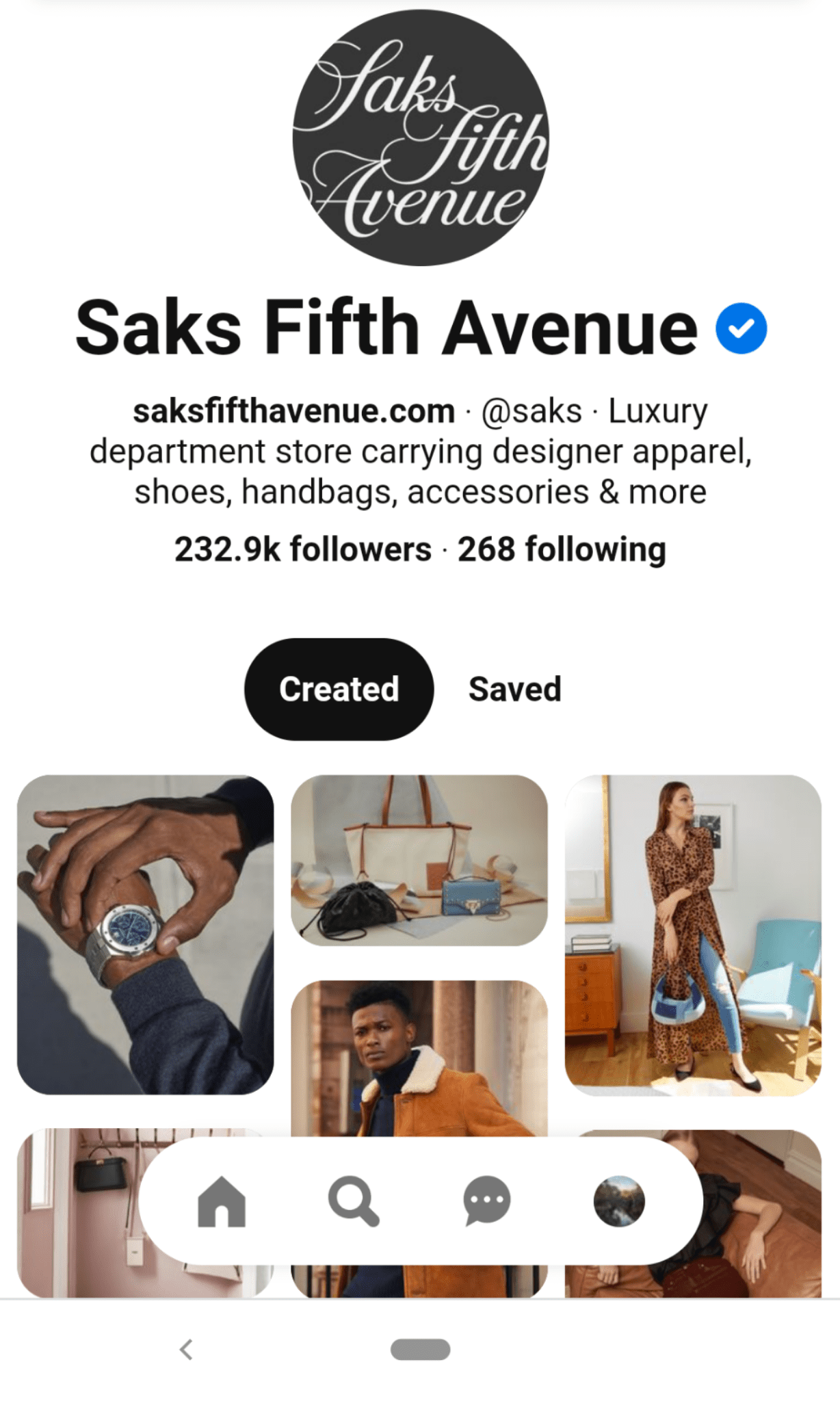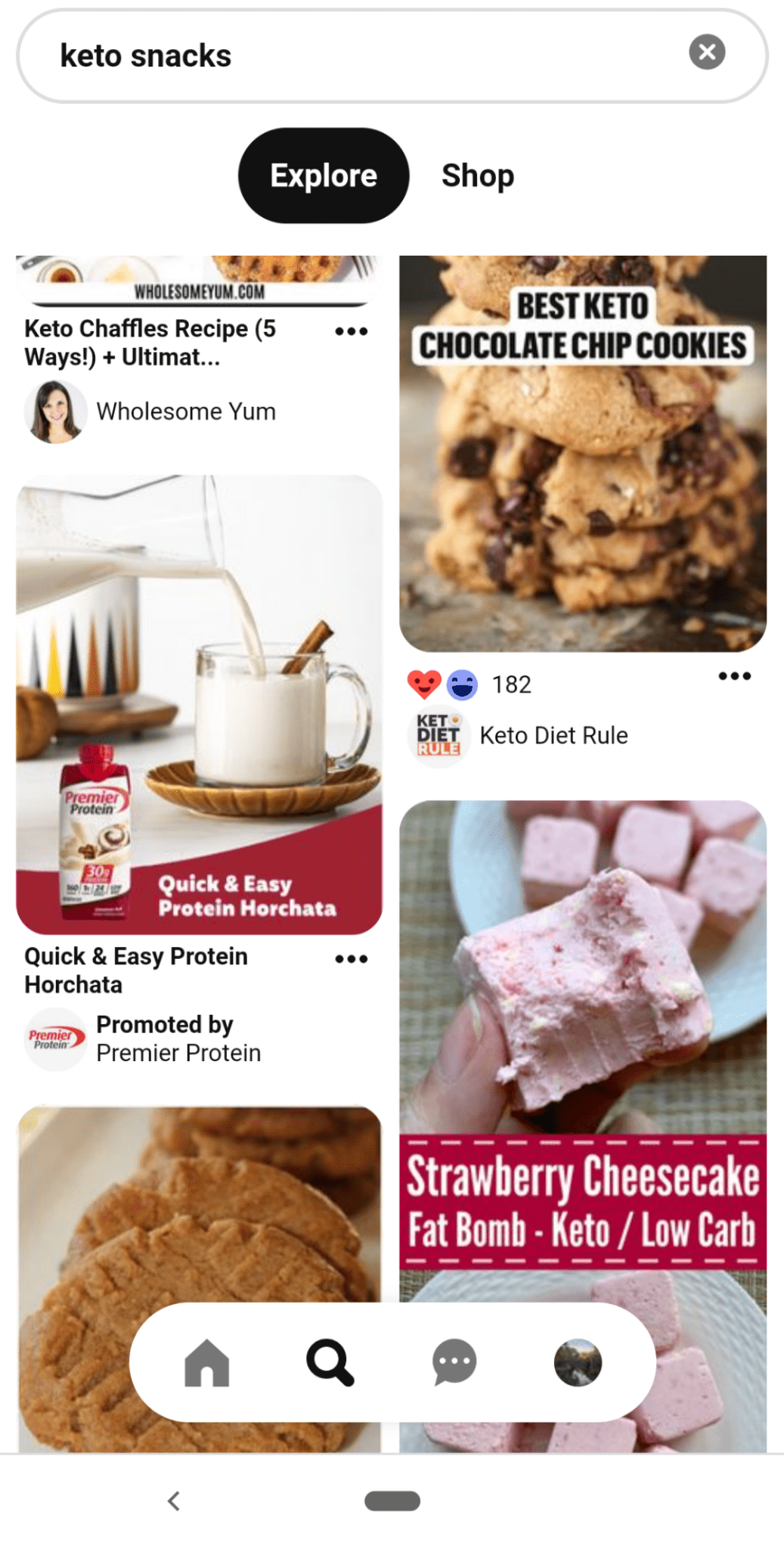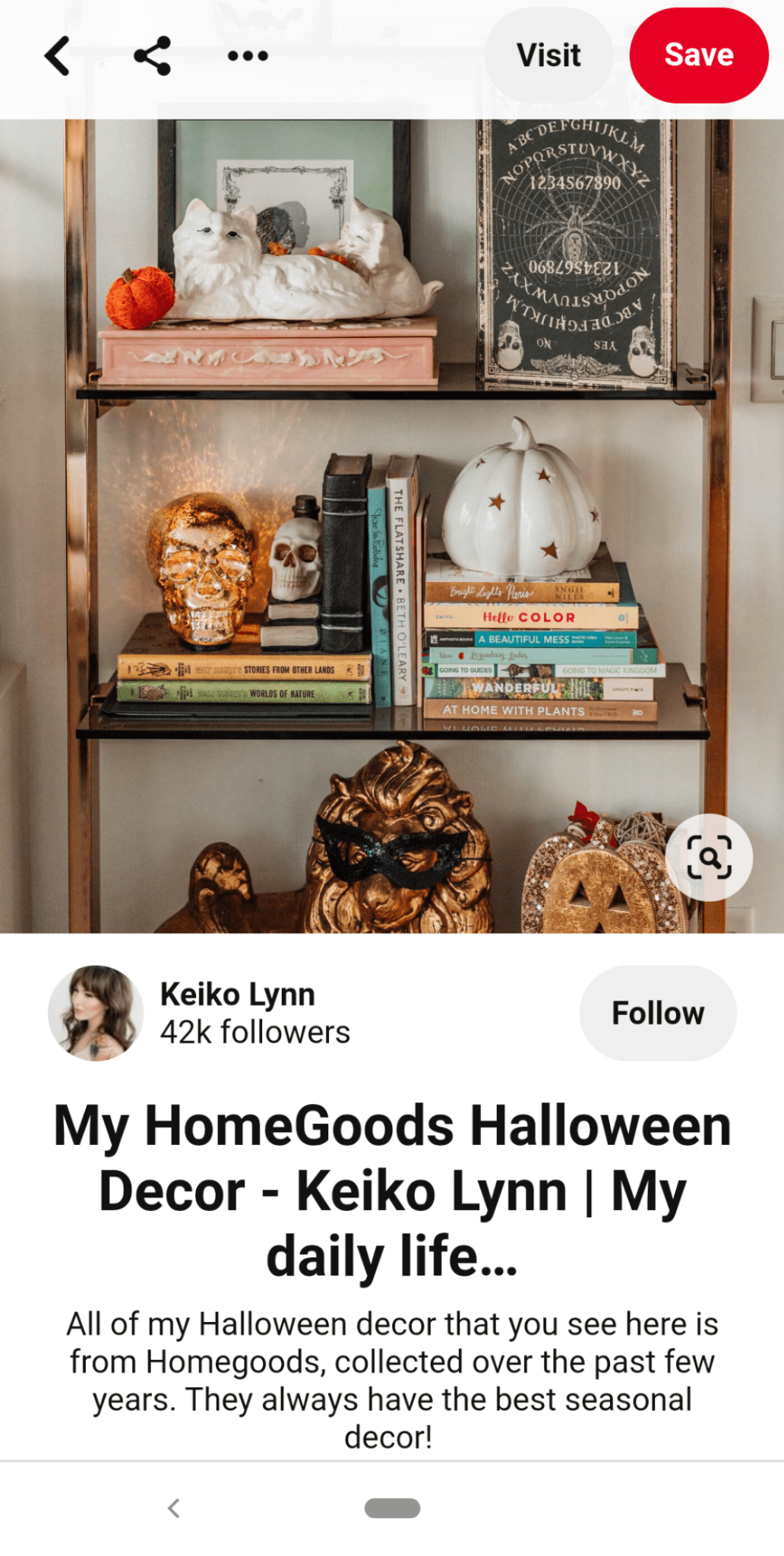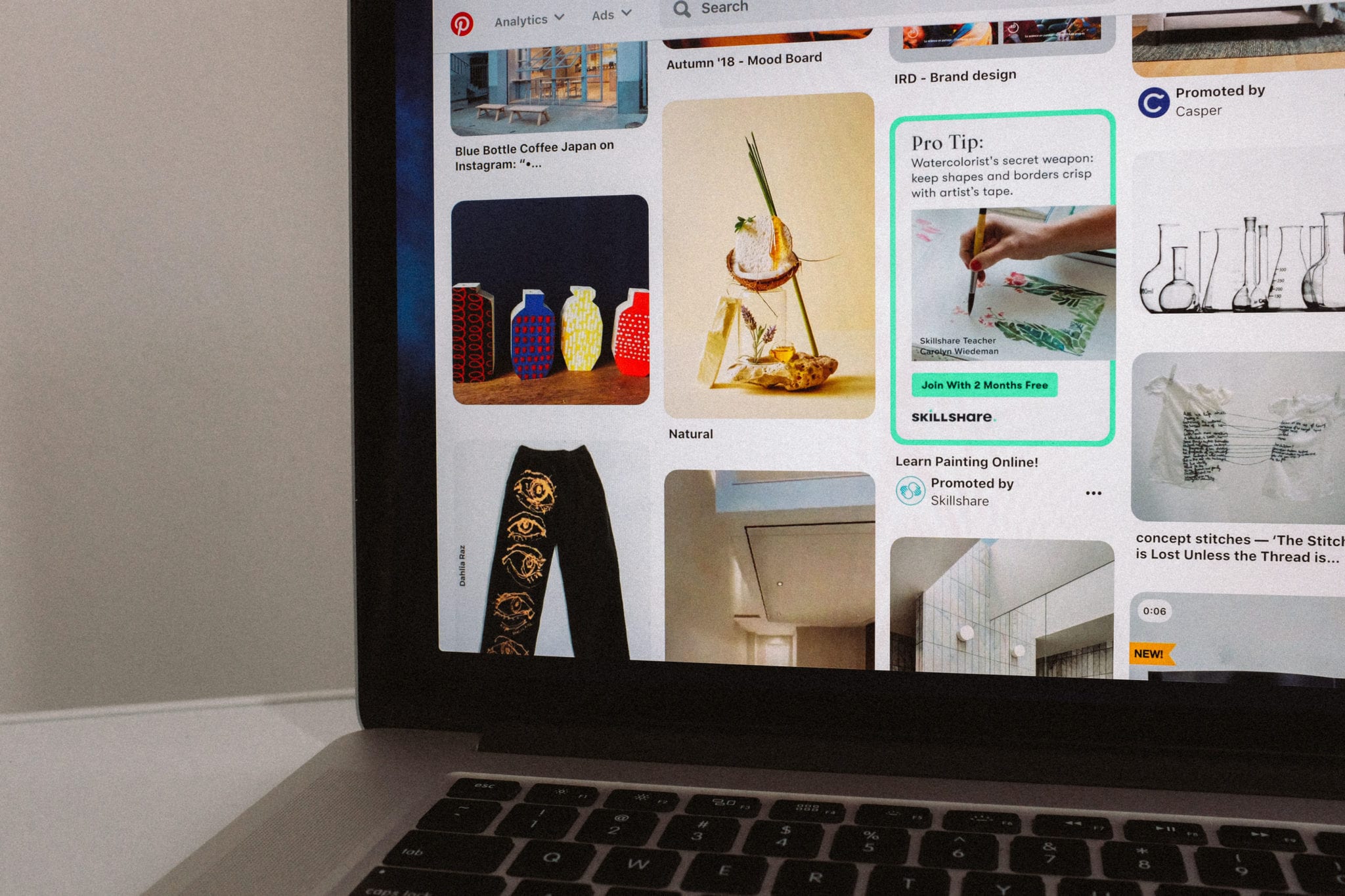Have you been sleeping on your Pinterest marketing campaigns?
Although the platform often flies under the radar, Pinterest still boasts one of the most-engaged and high-spending audiences of any social network.
The numbers don’t lie: one-third of adults under 50 regularly use the platform. Couple that with the fact that Pinterest users spend 80% more in retail than non-pinners.
But if you’re struggling to figure out how to sell on Pinterest, we get it. Competition is fierce and the platform can be intimidating to first-timers.
That’s why we’ve put together this guide breaking down the basics of Pinterest marketing and what it takes to sell on the platform.
Why You Should Totally Sell on Pinterest (and Who’s Buying)
Pinterest is arguably the social network you shouldn’t be shy about selling on. That’s because:
- The platform’s key audience consists of big spenders and eager shoppers.
- The platform is product-focused.
The core of Pinterest’s audience has historically been female, college-educated millennials.
However, the platform’s user base is evolving. According to Pinterest themselves, they’ve seen significant growth among members of Gen Z and men as they hit the 400 million user milestone. In short, the younger crowd is both buying and researching products on Pinterest in droves.

Keep in mind that most activity on Pinterest is related to product research and finding inspiration for new purchases. The types of product pins that resonate on the platform might seem niche, but they actually cover quite a few industries. As highlighted by MeetEdgar, some of the most popular Pinterest categories (as of 2021) include:
- Home decor
- DIY and crafts
- Women’s fashion
- Beauty
- Gardening
- Event planning
- Food and drinks
Pinterest is a potential goldmine if your audience covers any of these categories. The good news is that all of the industries above are fair game for budget brands and high-end retailers alike.
5 Strategies to Help You Sell on Pinterest
There is no single or “right” way to sell on Pinterest. Instead, brands should focus on a series of strategies to boost their products’ visibility and entice users to buy. Below are five ways to make it happen.
1. Start by Posting Product-Centric Pins
You can’t figure out how to sell on Pinterest until you put your products front-and-center.
For example, brands like Gymshark use Pinterest as a straight-up, secondary storefront via shopping pins.

With product pages featuring keyword-rich descriptions, multiple product angles, and a direct call-to-action, this is perhaps the most straightforward way to drive people to make purchases.

But even if you aren’t publishing shopping pins, you should publish product photos that are professional. If nothing else, having a series of stylish photos will increase the likelihood of getting pinned and featured on boards.
2. Funnel Visitors to Your Shopping Pages
You can almost think of Pinterest as a social search engine for products.
And in fact, Pinterest can be an invaluable source of traffic for brands’ actual on-site store. The trick is that you need to make sure you’re actually sending your Pinterest traffic to the proper landing pages.
For example, Saks Fifth Avenue regularly posts product-centric content…

…and couples each pin with a product description and appropriate link to tap through.

Upon doing so, visitors are met with a landing page that reflects the respective pin.

See how that works? This speaks to the importance of optimizing your pin descriptions and likewise double-checking that you aren’t sending pinners to a generic homepage.
Using tools like Google Analytics, you can uncover how your Pinterest traffic behaves on-site. From this, you can learn which specific products are sending the most valuable traffic based on clicks and conversions.
3. Run Pinterest Ads to Build Brand Awareness
Given that Pinterest is such a shopping hub, it’s no surprise that their ad platform is so robust.
For example, you can promote specific pins to the “Explore” search…

…or feature pins in the platform’s dedicated “Shop” search.

Meanwhile, you can also serve shopping ads that show up as recommended products alongside competing brand pins.

While it’s natural to get discouraged by the growing “pay to play” nature of social media at large, there’s no denying the power of Pinterest’s ad platform. Thankfully, Pinterest’s ad targeting allows you to get granular to ensure that you’re only serving ads to relevant users.
4. Work with Influencers That’ll Promote You
Pinterest influencers represent a great way to get more eyes on your products and make the process of social selling so much easier.
That’s because it’s in the best interest of influencers to make the most of their relationships with brands and promote their products. Between building their own credibility and winning affiliate commissions, partnerships between influencers and brands are often a win-win.


There’s no shortage of influencers with dedicated followings across just about any industry or niche. From micro-influencers to established influencers with personal brands, chances are there’s someone that fits your brand’s scope and budget.

And rather than search for influencers by hand, you can use a platform like IZEA to do the heavy lifting. With easy-to-search categories and budgeting options, you can hone in on the right influencers for your Pinterest marketing campaigns.

5. Engage Pinners Through Product Tagging
Keeping in mind that selling on Pinterest doesn’t happen by accident. Anything you can do to increase the likelihood that people see your products is a plus.
That’s where product tagging comes into play. The easier you make it for pinners to tag you and likewise for Pinterest to identify your content, the more exposure you’ll get.
For example, it’s common practice for influencers to put together collections featuring their favorite products.

Meanwhile, pinners can also tag your products alongside others as part of a collection.

But again, you can’t do any of the above without putting your products on Pinterest in the first place!
Quick Tips for Selling on Pinterest
To wrap things up, here are some quick tips for optimizing your Pinterest presence in pursuit of more sales.
Optimize your posts for searchability. Doing so will help you get discovered both on Pinterest and via Google. This means including in-depth, keyword-rich descriptions when applicable. Don’t keyword stuff, but rather treat your posts like mini product pages.
Keep close track of your Pinterest clicks and traffic. As noted earlier, Google Analytics can clue you in on how engaged your Pinterest traffic is. There are likewise third-party URL shorteners out there that allow you to track the behavior of your traffic beyond native Pinterest analytics. Additionally, Pinterest offers their own options on click-tracking and attribution for ads.
Supplement user-generated content (UGC) with your traditional product photos. For example, brands like PMD Beauty publish customer photos “in the wild” alongside their more polished content. This makes your feed feel a bit more human and likewise proves to potential customers that you know what your audience wants.


Ready to Jumpstart Your Next Pinterest Marketing Push?
Now that you have a sense of how to sell on Pinterest, you can approach the platform with a much-needed sense of confidence.
Either way, successful Pinterest marketing requires experimenting with different promotions and content. If you haven’t already, make sure to check out IZEA’s influencer platform to see how you can grow your brand and Pinterest presence with a human touch.








